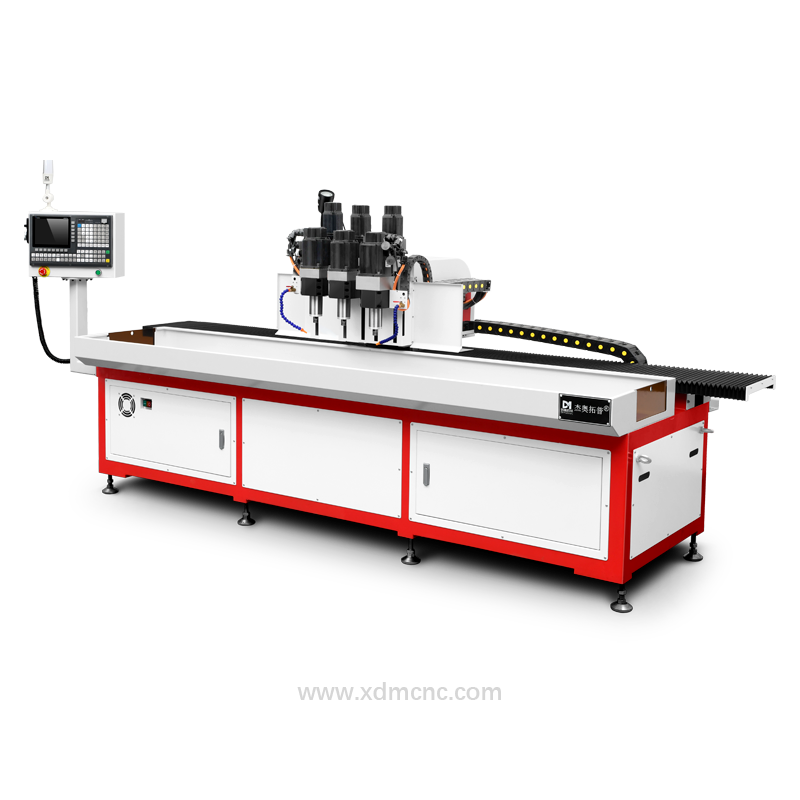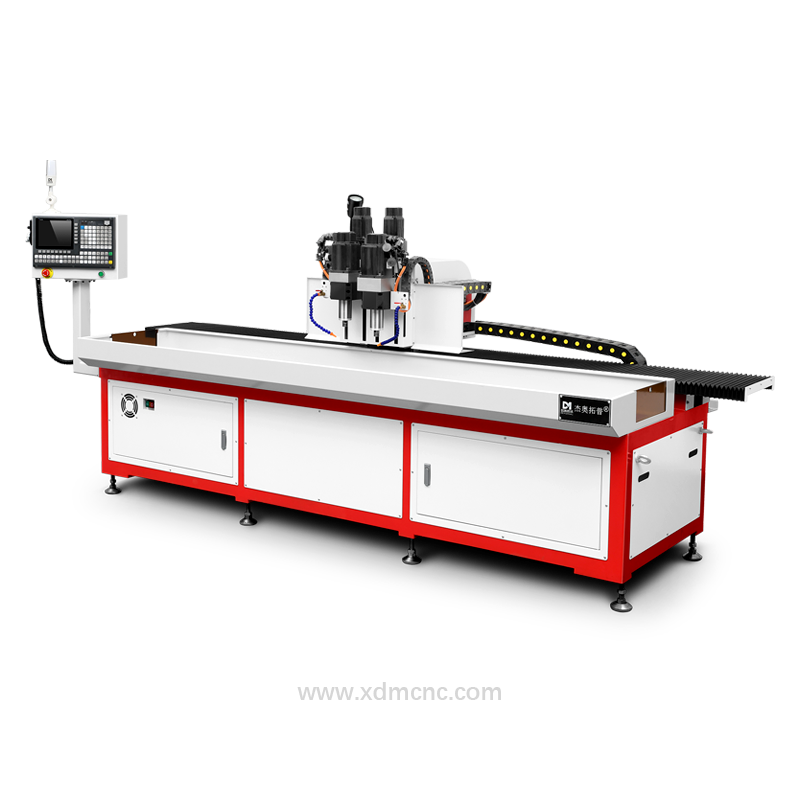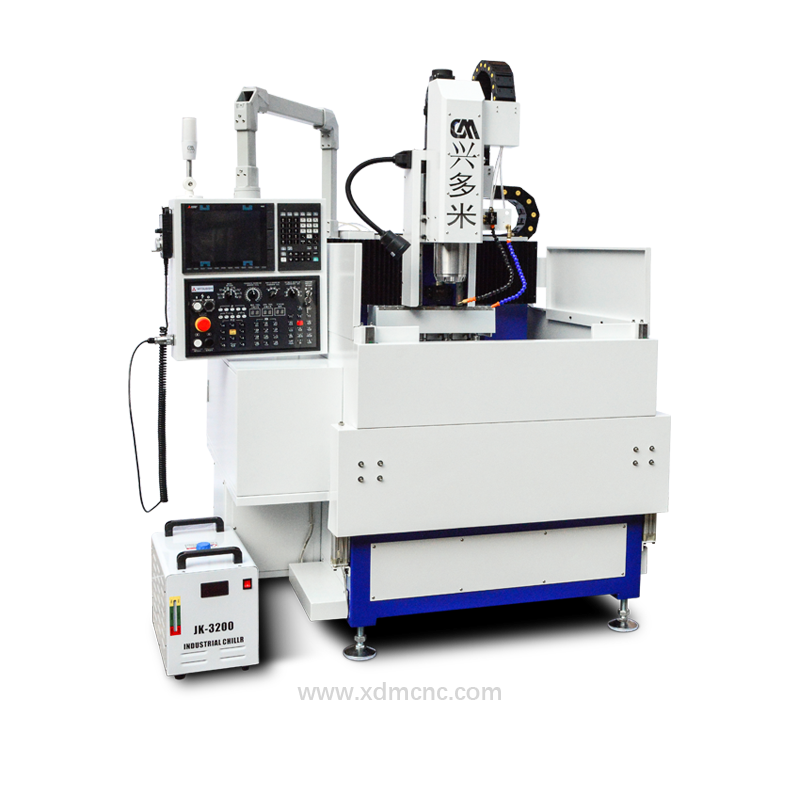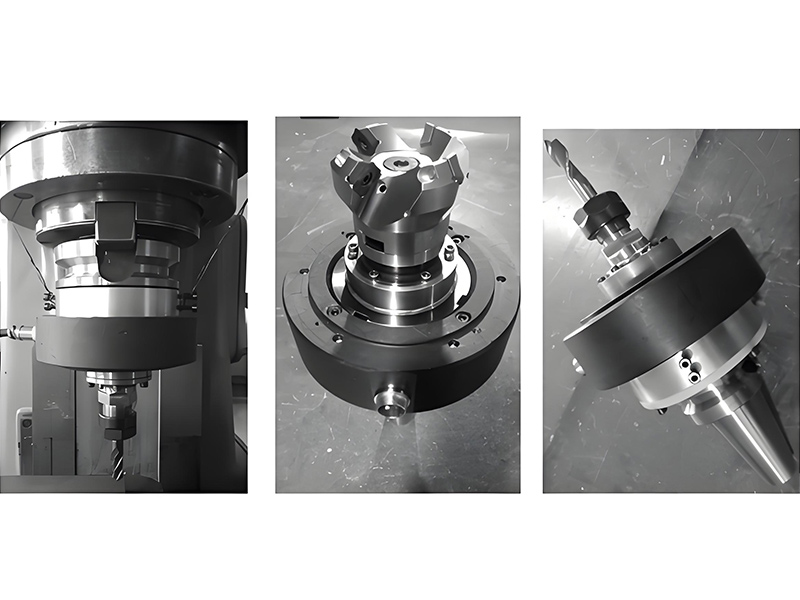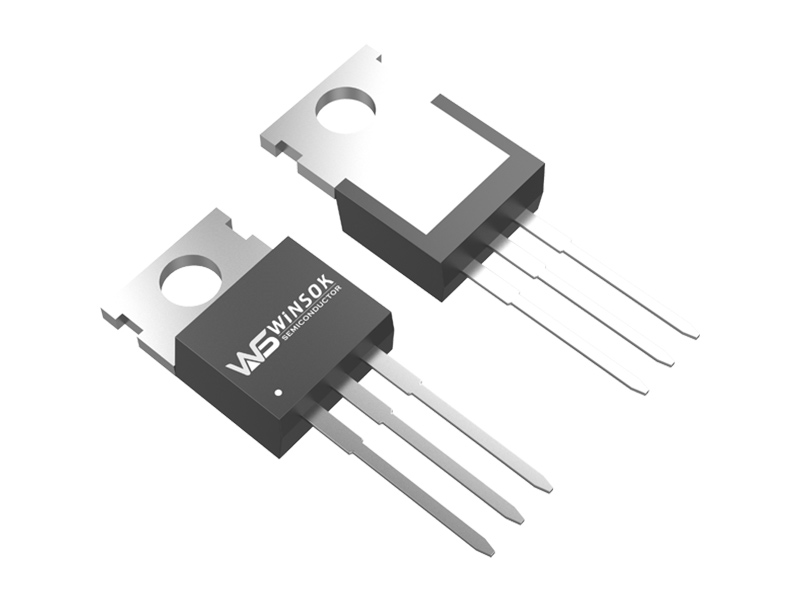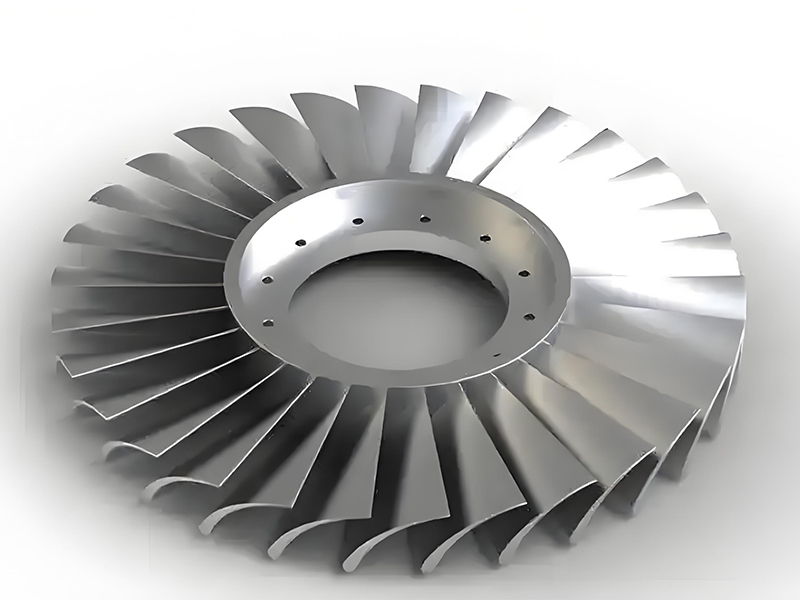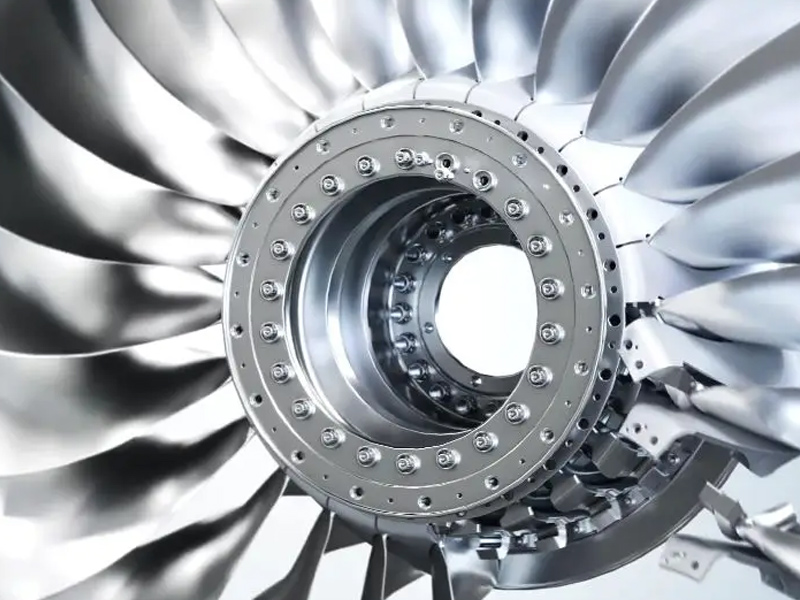The application of new CNC drilling technology has just emerged, with major applications in industries including: semiconductor, solar photovoltaic, flat panel display, alloy micro-casting, precise hole and electrode structure processing, aerospace material processing, and medical equipment.
For a long time, engine manufacturing technology in China has been a bottleneck limiting the development of the aerospace industry. The lack of product quality stems from two main areas: material extraction technology and material processing technology. The emerging CNC micro-drilling technology addresses this problem effectively!
1. Aerospace Industry
In the aerospace sector, gas turbines are one of the three key components of an engine, and their performance directly impacts the quality of the engine. However, turbine blades in aviation engines must withstand working temperatures of at least 1400°C, so precise small hole cooling technologies are crucial for high-temperature components, especially the turbine blades.
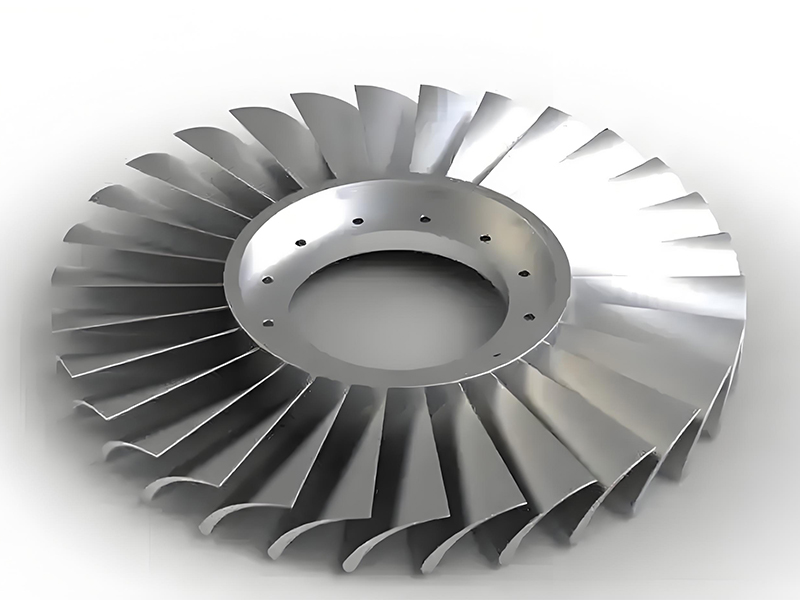
Blade cooling is typically achieved through numerous small diameter film holes, ranging from 100 to 700 microns in diameter. The holes are often arranged at complex angles, ranging from 15° to 90°. To improve cooling efficiency, hole shapes are typically fan-shaped or rectangular, adding complexity to the processing. The current mainstream method is high-speed electric discharge machining (EDM), but the manufacturing of tool electrodes is extremely difficult, the processed parts are prone to wear, the processing speed is slow, and chip removal within the holes is difficult, which impedes heat dissipation and makes mass production unfeasible.
Furthermore, modern engine blades are often coated with thermal barrier coatings, generally made from ceramic materials, which are difficult to process with traditional EDM. As the materials for future engine blades shift toward non-metals, EDM becomes less viable. CNC drilling, with its adaptability to various materials, high positioning accuracy, no mechanical deformation, and non-contact advantages, is highly suited for processing micro-holes.
Although CNC drilling technology has such remarkable potential, its development is also very challenging, particularly in system integration and engineering efforts, facing many difficulties. Moreover, power output limitations exist. Creating a complete micro-hole processing industry remains a global challenge. However, through the efforts of Chinese scientists, the practical application and integration of this system has been achieved, along with the invention of a spiral processing technique, enabling the custom fabrication of various hole shapes. This development has reached an internationally leading level.
2. 3C Industry
As a representative of fine micro-hole processing, CNC drilling features high precision, fast speeds, and low energy consumption. It is widely applicable, especially for processing metals, sapphire, glass, ceramics, as well as brittle and thermosensitive materials like semiconductors and graphene, making it ideal for the electronics industry's micro-hole processing applications.
CNC drilling is also applicable to PCB drilling, wafer dicing, and more, and its application field is continuously expanding. Particularly with the increasing use of high-value brittle materials like sapphire and ceramics in future smartphones, CNC drilling equipment will become an essential part of 3C automation equipment. We believe that CNC drilling will play a broad and profound role in the future of 3C automation processing equipment.




